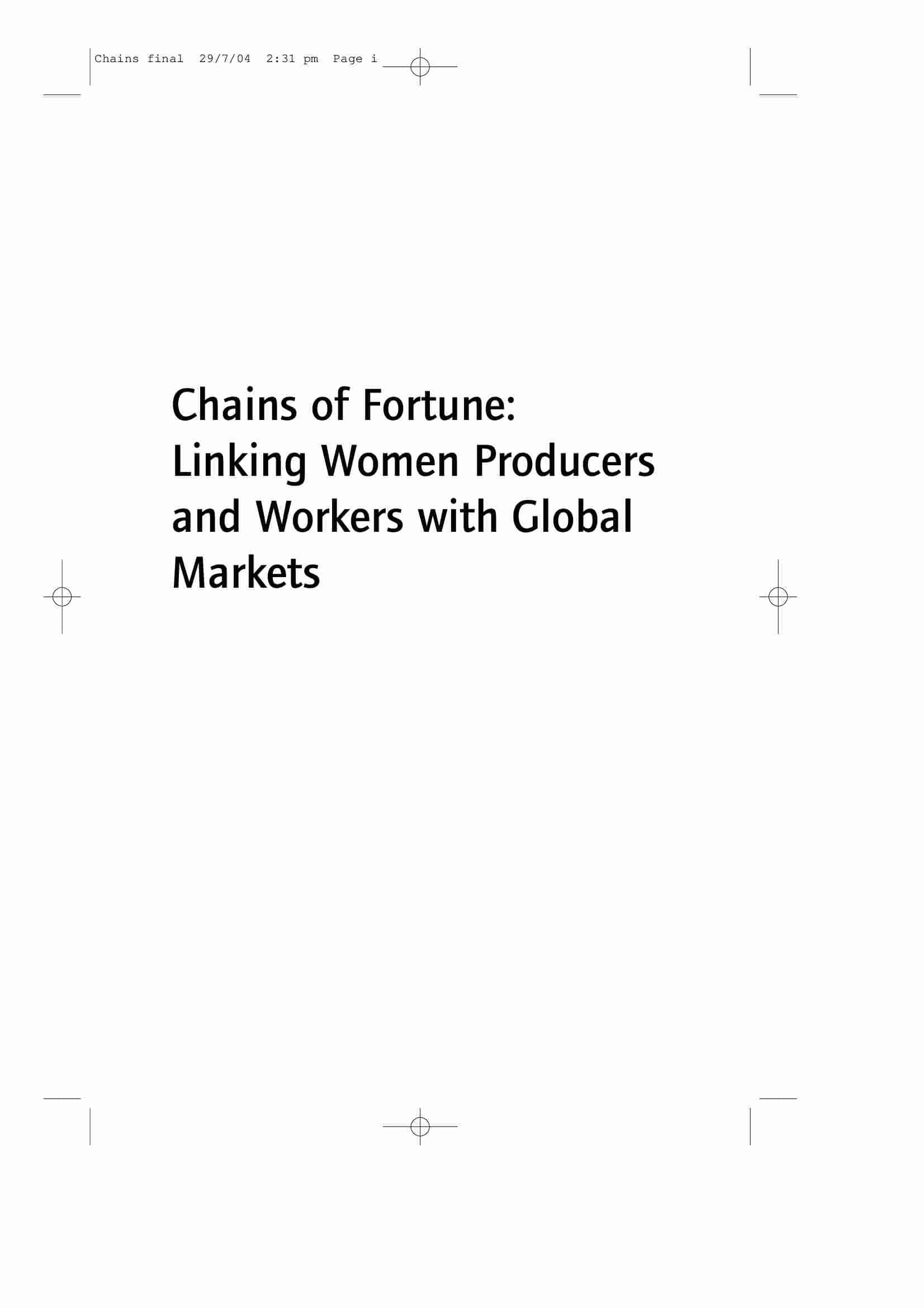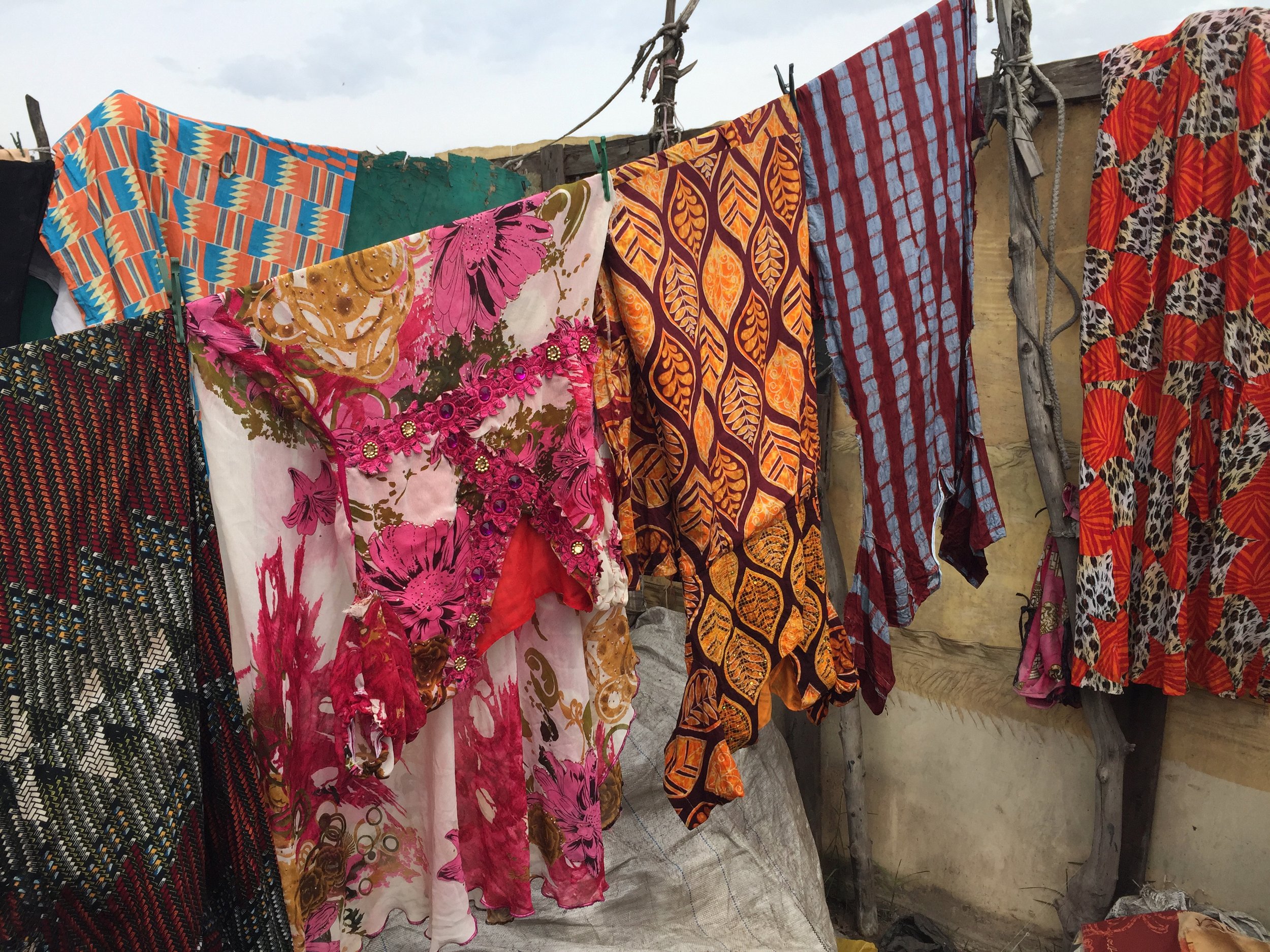Chains of Fortune: Linking Women Producers and Workers with Global Markets
The overall research question posed in the book is: to what extent can women producers and workers in developing countries benefit from new economic opportunities arising from trade and market liberalization? More specifically, the book looks at: • the nature and content of the strategies which have successfully linked women producers with global markets or created jobs for women in export markets; • the role of government and other actors in successful strategies; • the replicability and sustainability of achievements. Of the six case studies included in the book, three are from Africa (Ghana, Mozambique and South Africa), two are from South Asia (Bangladesh and India) and one is from the Pacific (Samoa). Several of the case studies also involve developed countries within the Commonwealth, including the UK, Australia and New Zealand, which are linked to producers and workers in the South through various marketing arrangements and commodity or production chains. The size of the economies involved varies from very tiny (Samoa) to very large (India). In terms of work involved, three of the case studies focus on independent producers/smallholders (Ghana, Samoa and Mozambique), one involves employees of small factories (Mozambique) and three involve wage workers in large enterprises (South Africa, Bangladesh and India).
View list of all: Books & Book Chapters

